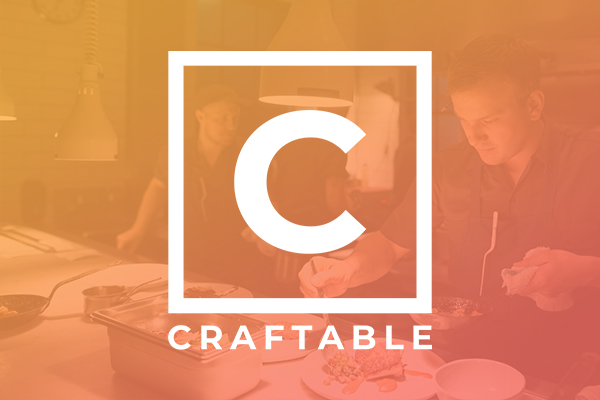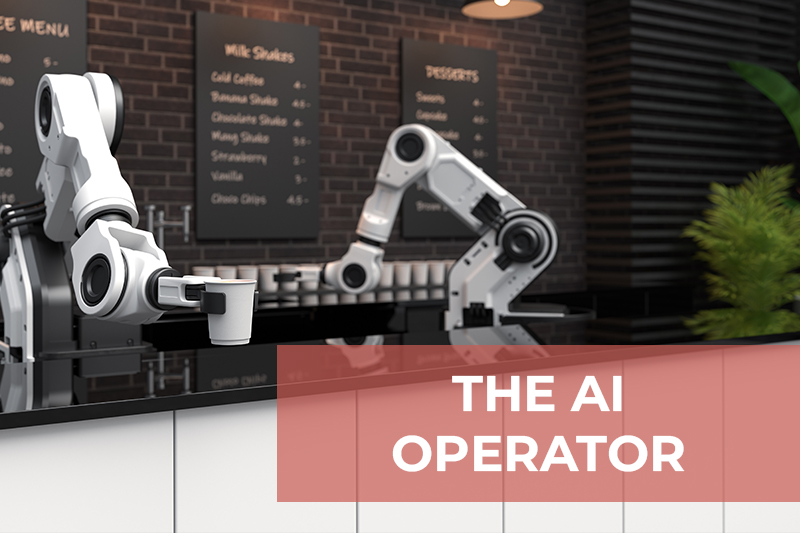Imagine a shining crystal ball sitting on a table before you. In it, you can see the future. You see the exact number of ingredients you need to order, the dishes that customers will order most, how this year will compare to the last, and the profit your restaurant will earn. Imagine how much better you could plan with this information.
Given today’s sales forecasting, a bit of prediction doesn’t have to be science fiction. Better news, you don’t have to be a prophet or seer to make informed decisions about the future of your restaurant.
What Is Sales Forecasting?
While it may seem like it, sales forecasting is not magic. It’s math. Using past sales and data surrounding current conditions, an estimate of future sales can be made. Operators can then use that information to practice better inventory management, estimate profits, and ensure staff resources are being used efficiently. Weighing actual performance against forecasted performance can also be a useful tool in evaluating practices and processes to improve over time.
However, sales forecasting is not a guaranteed image of the future. There are many factors that vary too greatly to be reliable and some circumstances that cannot be predicted such as weather or crime. Sometimes the shape in the tea leaves turns out to be a global pandemic. In an industry with such volatility, sales forecasting is meant to reduce some of the guesswork. And when those unforeseen circumstances hit, the same formulas that serve sales forecasting provide insight and a bit of solid ground.
How Does Sales Forecasting Work?
There are many types of sales forecasting depending on the structure of operation concepts. For those in the hospitality industry, historical forecasting yields the best results. Historical forecasting can be described as:
A method of forecasting that combines past numbers or cycles with current conditions to produce a quantifiable, continuous trajectory of sales
Of course, the variables considered under “current conditions” will vary depending on the operation. According to this article provided by Penn State, some common considerations are weather, the economy, city-wide events, competition, operation initiatives, and repeat group business. If done by hand, this process would involve calculating daily capacity, adding additional sales, generalizing these numbers to weeks and months, and then analyzing the trends and cycles of the past to apply acceleration/deceleration percentages. However, even that long process may be oversimplifying.
According to the Harvard Business Review, “It is usually difficult to make projections from raw data since the rates and trends are not immediately obvious; they are mixed up with seasonal variations, for example, and perhaps distorted by such factors as the effects of a large sales promotion campaign. The raw data must be massaged before they are usable.”
While automating your sales forecasts cannot turn your data into explained trends, it can limit the number of hours you spend calculating, freeing you up to find the current trends, historic trends, and outside influences necessary for an accurate forecast.
The Future of Sales Forecasting
At this point, we’ve surely debunked any assumption that sales forecasting is as easy as looking into a crystal ball, but technological improvements continue to move toward that goal post. The hospitality industry’s use of AI and machine learning has been moving steadily along an upward curve. If you don’t believe me, be sure to check out our blog about a robotic fry cook.
Though most solutions still need human help to interpret trends, this may not always be the case. Now that sales forecasting is widely accepted as a necessary practice as opposed to a nice extra, automation equals accessibility. That being said, AI and machine learning still require a handsome chunk of change. Until then, reaching an equilibrium between cost and labor should be the goal for informed operators.
Profit in the Cards
If there’s one thing Craftable believes, it’s that information is power. We strive to not only provide that information, but to also empower our customers to utilize that information in as many ways as possible. With the potential profits in more efficient ordering, waste reduction and labor management, foregoing our sales forecasting functionality is like being told the winning lottery ticket number, but refusing to stop by the store. So, what do we see in your future? Let’s crack open this fortune cookie and reveal the message: An opportunity will soon be coming your way. Perhaps a conversation with us to ensure you’re getting the most out of your subscriptions. That and a very fat wallet.




.png)